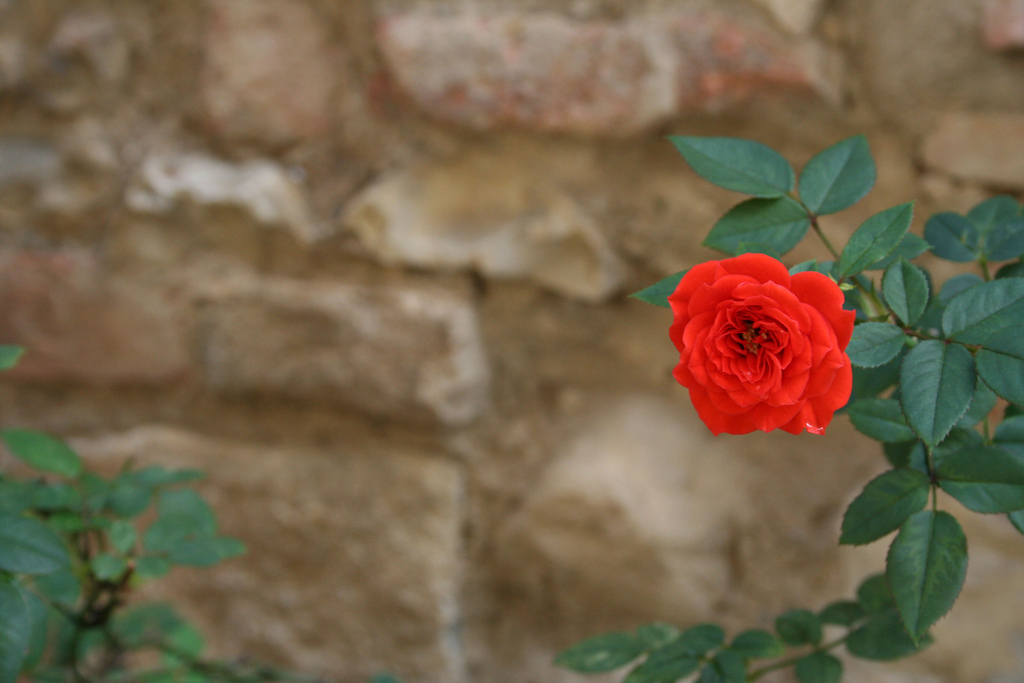Welcome back to Ask a Local, a series of posts in which I interview locals all over the world about what to see, where to go, what to eat, and how to fit in in their city or town. The following interview was originally published in my Italy guide.
Today I’m happy to introduce you to Alina Pinelli, an organic farmer, vacation villa owner, sommelier, chef, and blogger here to tell us all about Paciano – the “green heart of Italy”.
First, tell us about you.
I was born, grew up, and got my university degree in Rome and I moved to Paciano four years ago. My parents had bought Fontanaro, the property I am running now, the year I was born and I believe it was written in the stars that my life would take me here!
I am a professional wine sommelier and chef as a hobby. And now, since organic olive oil is the main product of my farm, I am also an oil sommelier. I love to collect wines in our wide wine cellar to share with friends and guests, as well as music.
And I love to travel as much as possible.
If someone is visiting Paciano for the first time, what do you recommend they see or do?
Paciano is a tiny Medieval village in the “green heart of Italy” (Umbria). Nature, art, and food are the focus here. From the Etruscans and the Romans to the Renaissance, this unpolluted country is full of history and culture. It is still possible to recognize in the paintings of Giotto, as well as Perugino or Raffaello, the sweet rolling hills and the lakes of the Umbrian landscape.
What neighborhoods or parts of town are best to stay in?
Well, I might say that nothing is better than Fontanaro…but Paciano village is so precious and typical within the Medieval walls that it is hard to decide. Personally, I cannot imagine living anywhere else in the countryside, with 360-degree views and our olive orchards, vineyard, and woodlands.
Let’s talk about day trips…what nearby places should everyone make sure to visit?
Paciano is located on the border between Umbria and Tuscany, in a strategic position to explore both regions. By car, within an hour you can reach Orvieto, Todi, Spoleto, Assisi, Perugia, Gubbio, Cortona, Montepulciano, Pienza, Val d’Orcia, and Siena. From the nearby railway station, we are less than two hours from both Rome and Florence.
Tell us about the local dishes. What should people try here?
Typical food for our village includes a very tasty pizza dressed with onion and sage (this is absolutely to die for). If you only eat one thing here, make it that pizza.
What are your top three favorite bars and restaurants?
I recommend Michele & Co, at Via Novella 2 in Castiglione del Lago, for coffee, breakfast, aperitifs, brunch…It’s unforgettable!
In Paciano, it is hard to choose between Oca Bruciata (at Viale Roma 7), Loggetta (at Via Guglielmo Marconi 10), and Casale (at Localita Cerreto 50). Try them all if you can!
Is there anything tourists do that locals find rude or strange? What can we do to better fit in with the culture?
The only suggestion I have is not to eat dinner out too early in the evening. If you do, you’re likely to only meet other foreigners. Italians eat late.
What is the best way to meet locals and make friends?
In Paciano, there are two bars. At the one just outside the walls, you can find more locals and get to know them. In the one in the municipality square, you will find mostly the English-speaking local community members that might tell you about the village.
Why should people make sure to visit Paciano?
Paciano is a typical village and its name recalls peace (the Peace of Janus, the God with two faces). David McTaggart, the founder of Greenpeace decided to settle here and was our neighbor. (I like to think that, since I am a member of Greenpeace, this is another sign that I had to come and live here.)
The quality of life here is high, the people friendly, and the location perfect—close enough to my favorite city (Rome) and to the airport, from which I can keep traveling. I love to live in the true heart of Italy.
What is the best place to go take beautiful photos of the city?
The village itself is a perfect place for taking photos, while the landscape offers wonderful, unspoiled sites and rolling hills covered with olive groves, vineyards, and woodlands.
Anything else you want us to know?
Each village in central Italy is a wealth of culture, tradition, and history. Paciano, with less than 1,000 inhabitants, is loved and preserved by young and old alike.
